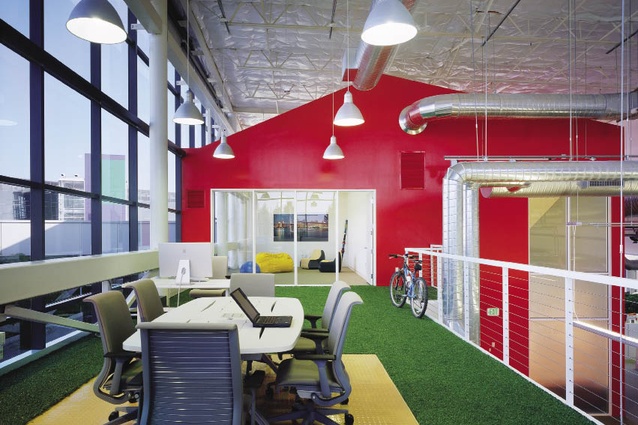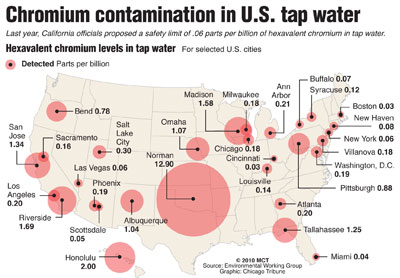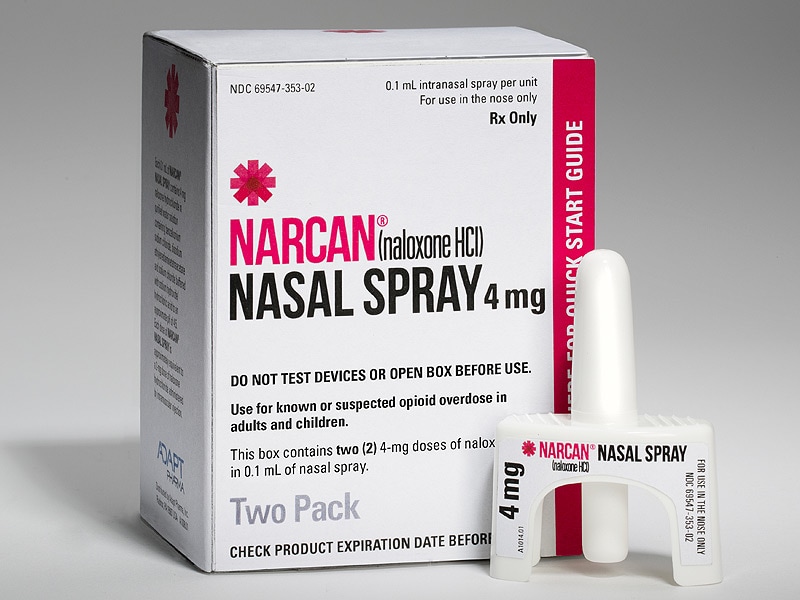If you’ve ever had a job in some sort of workplace (which most of you have, I’m sure), there’s a pretty decent chance you remember it less-than-fondly. Sure, parts of it may have been okay, but overall? You dreaded going each day and counted the hours until you could clock out at the end of your shift.
But it doesn’t have to be that way. Some companies have actually begun to pave the way in optimizing employee productivity by creating a positive working environment that employees genuinely feel invested in, and it’s making waves in the business community.
What exactly does this shift in policy entail?

We’re going to take a look at two companies in particular who really model this change: Pixar and Google. Both big-name companies, which is likely why they can afford to make these changes in full, but the fact stands that both companies have made it a top priority to ensure that employees are happy and invested in their work on a personal level.
The slide pictured above is in Pixar’s headquarters, landing employees smack-dab in the middle of the lobby, and that’s by far not the only morale-booster this company has to offer. “For example, we’ve already enjoyed the free, 24-hour staff Cereal Bar, boasting 14 kinds of breakfast cereal from Frosties to Lucky Charms, and an endless supply of milk,” explained reporter Chris Bell in the Telegraph, after taking a behind-the-scenes tour. “There is a Pizza Room, offering free slices for those working late. There is even a “Breathing Room” – although we’re assured this is actually for yogic meditation, rather than the only location where basic respiration is permitted.”
They also have a number of experiences that build employees up and help them become the best version of themselves. Aerobics classes are offered on the field outside, for example, and self-improvement classes are offered for free to any employee. “Wednesday lunchtimes, for example, means “Drop-In Improv for Shy People!” – where employees can enjoy a ‘fun, low pressure introduction to the joys of improvisation – no prior experience necessary!'”
Pixar seem to have created a working environment where it’s not out of the ordinary to see an employee rolling down the hallway on a razor scooter or having a stressful executive meeting broken up by flying Koosh Balls.
Employee Paul Oakley explained, “There’s something different every day. When we started working on Monsters University, everyone had to join a fraternity. My hazing process involved me dressing up as Mrs Doubtfire for the day. I had to go to a director review in full makeup. But someone else was dressed as Tinky Winky from Teletubbies, so that was okay.”
He went on to discuss the rigorous interviewing process, mentioning how he had to beat out 45 thousand applicants for his position, with an interview lasting eight full hours. That’s when he reached the heart of the matter: “Most people never leave here. So you want to make sure you can work with someone for the next ten years. You’re in for the long haul.” Pixar’s turnover rate is so profoundly low that this insanely-rigorous hiring process is actually necessary. They have achieved the goal many workplaces strive for: To have a multi-billion-dollar corporation with almost universally devoted employees.
And then there’s Google.

The Googleplex, like Pixar’s studio, is a highly-coveted place to work.
In terms of working environment, the Googleplex offers employees many comforts and amenities – massages, plush leather couches, pool tables, yoga lessons, video games (while on the clock), and chef-prepared meals for all employees, to name just a few. This definitely costs the company a bit more, but it creates an environment in which employees enjoy themselves, which is key to this sort of highly-motivated workplace environment. Google employees also get free health and dental, free haircuts, free dry cleaning, free gym and swimming pool access, and even nap pods to help them achieve optimal health and physical fitness, not to mention the on-site physicians willing to take a look at anyone who feels under-the-weather.
In this same vein, meetings are often held in diner booths rather than conference rooms, on grounds that you “can’t schedule innovation”, and employees are essentially trusted to make their own hours of work and to make decisions on what percentage of their workday is dedicated to unrelated leisure like getting a massage or playing games.
But these choices aren’t made on grounds of mere conjecture. Google actually studies and analyzes the optimal policy for each facet of their business. For example, the topic of maternity leave. “Google found that women were leaving the company at twice the rate of everyone else. In particular, this occurred with new mothers. Google’s maternity leave plan was 12 weeks paid time off. Laszlo Bock changed the plan so new mothers could get 5 months paid time off with full pay and benefits. They were allowed to split this time up however they want (i.e. taking a few days off before expecting). The result after the change in policy? A 50% reduction in attrition for new mothers,” explains Zach Bulygo of the blog Kissmetrics.
Another high-priority for Google is transparency with its many employees. “On every software engineers’ first day, he or she gets access to almost all of Google’s code, every employee can view the personal goals and objectives (called OKRs) of every other employee, and the company holds all-hands meetings every Friday where anyone can ask the founders questions about anything,” explains Business Insider columnist Jillian D’Onfro. This actually extends to inter-employee transparency: If you feel the need to complain about a coworker in an e-mail, as a Google employee, you can expect your manager to promptly add that employee to the conversation and force the problem to be addressed directly and with maturity.
Google likes to pride itself on being forward-thinking, and they offer a $5,000 incentive for any employee who chooses to buy an electric car rather than a gas-guzzling one. They also offer strong financial support for adopting a child in need.
So as you can see, we have a couple of companies here who really do put their employees first, and have come out much stronger because of it.
Which begs the question….
Why does this work?

A number of different psychological concepts are at play here.
For one, especially in the case of Google (in which employees are free to essentially do whatever they want, to a degree), the motivation to achieve is suddenly intrinsic. In your average workplace, employees have a strong extrinsic motivation to get work done: The company is directly overseeing to ensure they work hard, and they need to do so or they’ll be fired and unable to pay the bills. As a result, the employee has no investment in the job itself – only the consequences for not completing it.
In contrast, a workplace which replaces such strict productivity-geared regulations with the freedom of choice and the luxury to choose from many available pastimes other than work means that making the choice to do work at all is, in turn, an intrinsically-motivated behavior. The employee has the chance to do any number of things – go get a massage, take a nap, play a game – with no consequence, but instead they choose to be productive and get work done. Because this is a choice made from within, it thus will be a choice that they personally are invested in… Cognitive dissonance will kick their ass if it’s not, thanks to a little thing called the “justification of effort” (“oh, I just worked really hard on this thing I didn’t realize I cared about… I guess I really care about it after all!”, put simply).
At this point, it may not seem like the math adds up. Employees may be motivated more strongly to do their work, but they’re also spending less time actually doing work, which lowers productivity… right?
Wrong. Looking back to our textbook, it’s important to note that high employee satisfaction incites what’s called “organizational citizenship behavior” – behaviors which can’t directly be measured or recognized, but which promote effective functioning of the organization as a whole. The employees can’t actually be personally rewarded for these things, they aren’t tallied or caught on camera, but they’re motivated to complete these behaviors regardless because their workplace satisfaction is high. This increases productivity in a way that a workplace with less satisfied employees doesn’t tend to see.
Additionally, Pixar, Google, and companies like them tend to have an extremely low turnover rate. This means that significantly fewer resources are funneled into training an endless wave of new employees, and also that fewer employees are working through that initial post-training phase in which they aren’t so familiar with the job, work more slowly, and are more prone to mistakes. This too increases productivity, and saves money as well.
Why aren’t more companies on board?

First and foremost: As a general rule, a company’s top priority is to generate revenue. Anything that wastes time or money is therefore discouraged – sometimes even punished. Most companies walk the fine line required to offer employees the bare minimal benefits and allowances without increasing employee turnover rates, and more often than not, that balance errs toward undercutting the employees.
And when it comes down to it, the job market is terrible and the positions will end up filled no matter how little the company offers. People are desperate for jobs, and if a potential employee demands some acceptable benefits for their work, the company will just hire someone else who will work for less.
On top of that, a significant percentage of the 40-and-over population (which is to say, the demographic typically in charge of adjusting company policy) clings to the firm belief that a younger person shouldn’t be ‘handed’ anything – that they should have to fight tooth and nail to earn everything they get, because many of the older generation grew up in a time in which they had to do exactly that.
Finally, the current workplace environment has decades in precedent. Change is never a speedy process, especially when the current methods have no bigger flaws than general discontent. You need a big issue with a lot of opposition to create an overhaul in a system so inherent to our culture.
Bulygo, Z. (n.d.). Inside Google’s Culture of Success and Employee Happiness. Retrieved December 12, 2016, from https://blog.kissmetrics.com/googles-culture-of-success/
D’Onfro, J. (2015). How Google’s culture of transparency helps it prevent ‘backstabbing’ Retrieved December 12, 2016, from http://www.businessinsider.com/google-culture-of-transparency-2015-4
Martin. (2016). The Google Way of Motivating Employees. Retrieved December 12, 2016, from https://www.cleverism.com/google-way-motivating-employees/








